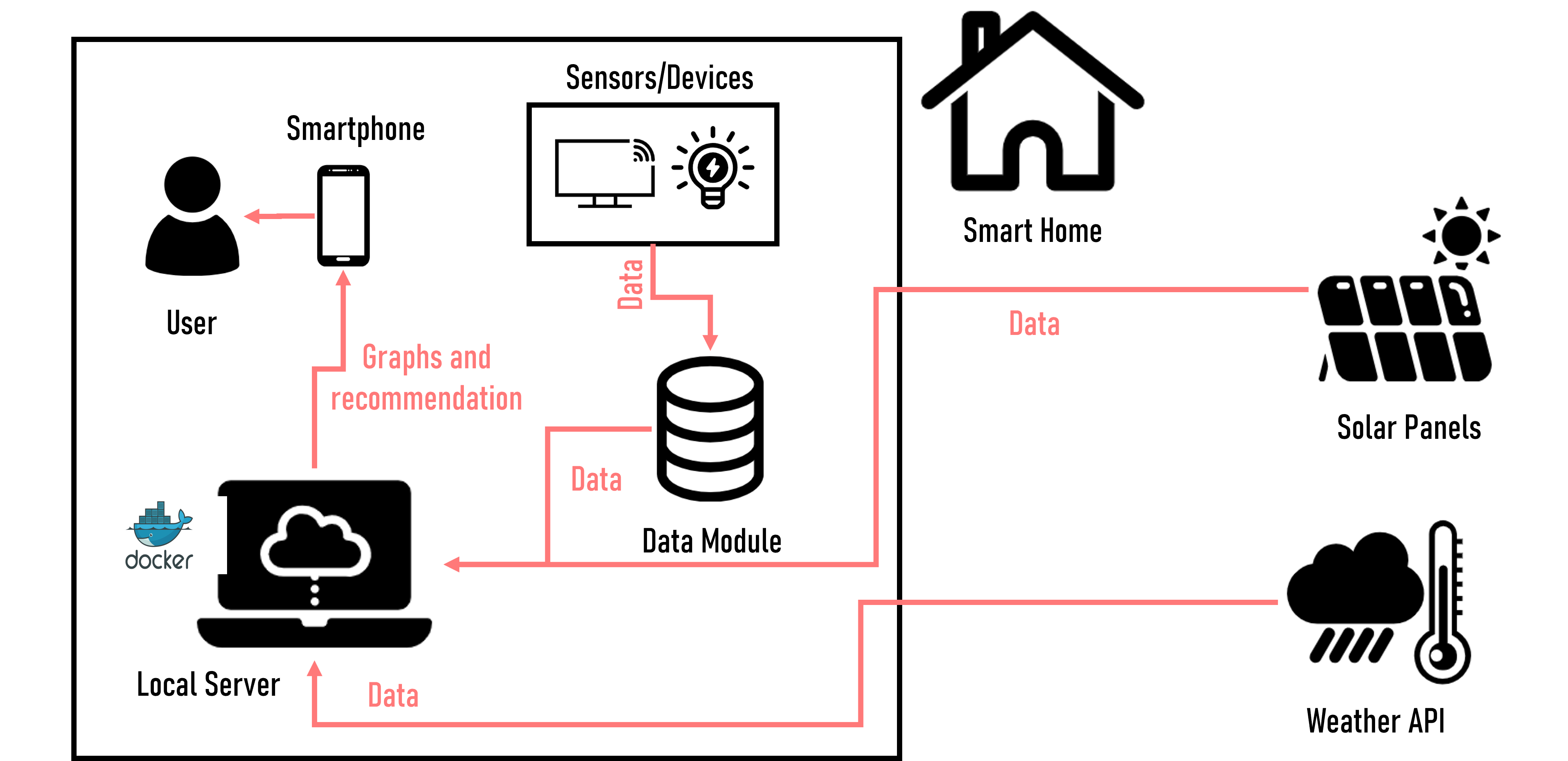PVSHxAI - A recommender system for PhotoVoltaic-powered Smart Homes
Ingénierie et Architecture

The number of domestic photovoltaïc installations increased by 20% between 2019 and 2020. However, customers still lack awareness of their energy consumption, resulting in the loss of unused green energy and the use of grid energy instead. Indeed, companies selling solar panels do not offer smart solutions to optimize energy use. To address this problem, our PVSHxAI (read "Push x AI") project aims to help residents of smart homes with solar panels understand and optimize their electricity consumption.
To do this, a smart energy recommendation system will be designed, using the latest advances in machine learning and explainable AI (xAI) technology, which will analyze users' habits with electrical devices in the smart home. In smart solar-powered homes, xAI and advanced interfaces are not yet widely studied in the research field. Therefore, PVSHxAI will be able to send recommendations to users, suggesting certain household tasks and charging of appliances at appropriate times.
The goal of the PVSHxAI project is to reduce grid energy consumption by 15%, which will be offset by more optimal use of the energy produced by the solar panels. The second objective is to make users more aware of their energy consumption without being intrusive.
The smart system should have a beneficial impact on our customers, helping them to have a conscious understanding of their energy consumption, and providing a good user experience through an appropriate interface. The integration of xAI is intended to build user confidence in the recommendation system.
The interface will be implemented and tested using a local server (for data privacy) in a smart home equipped with solar panels, and with real use scenarios involving high electricity demand (electric car, heating and appliances). The main economic goal is to sell enough units of the developed solution, coupled with the sales of smart home systems they will trigger, to constitute 50% of the implementation partner's total revenue by 2027.